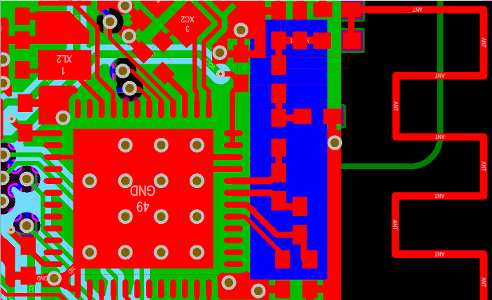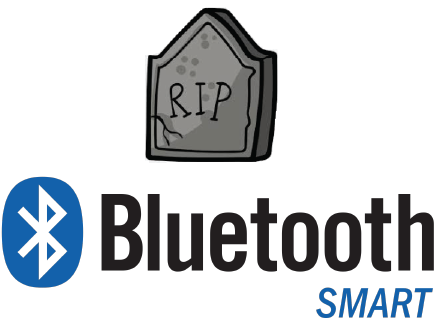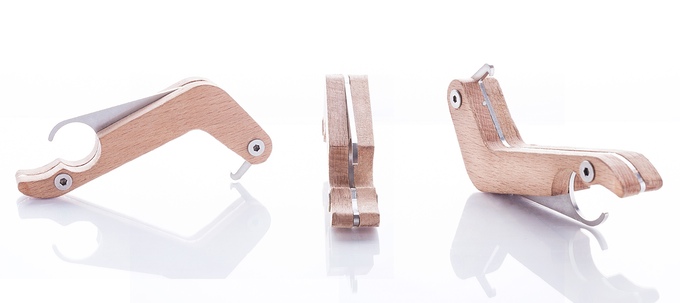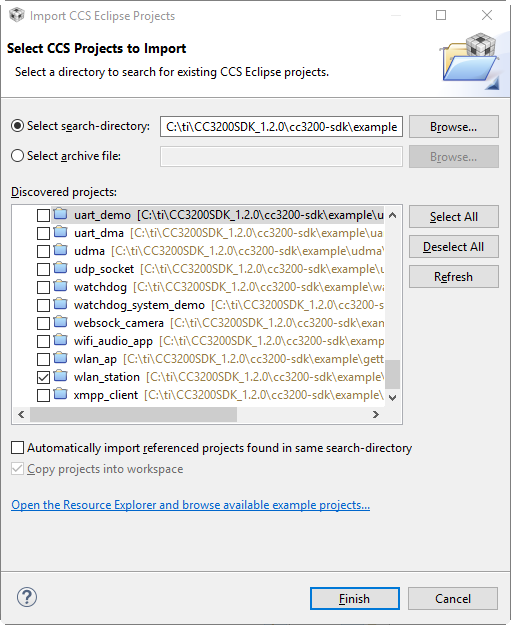

Recently we were approached by a customer with an all too common problem. They had an initial design for their product, but engineers were having a hard time getting it to work reliably past a few feet. The issue was delaying their product certification and launch, so management had become concerned. After all, how hard is it to get a decent range out of Bluetooth?
We worked with the client to understand the issue. Being an RF range issue, we started right at the antenna and the RF Front End of the chipset. There’s a lot that goes into making sure that the signal coming out of the device is good. Sometimes, missing a few details can throw everything off. RF is like that, it can give you great range, but if you don’t pay attention it will work against you.
A few hours into the review, after getting all the design files and information we noticed a curious thing. What was the trace coming out of the Balun network was pretty thin. If you know anything about RF design, matching to 50Ω is almost always done (certainly always in BLE designs). But a thin trace has higher impedance. Discussing with customer we learned that the design had been adapted from a reference design from a vendor, but unfortunately the stackup of the layers – the arrangement of the copper and dielectric layers – wasn’t followed.
So the thinner trace resulted in a higher impedance, which meant a low of the power of the system wasn’t actually coming out of the antenna.
We also found one of the components had been accidentally change with the wrong value so that the end result is a badly tuned front end and obviously performance.
To verify the changes we worked with the customer to build a quick prototype, so we had it manufactured and assembled in a little over a week. The results couldn’t have been more stark. Where before there was barely any distance, now the customer was exceeding even their own requirements, and the connection was more reliable.
This is just one of the examples of why often getting the RF is so critical. Users expect a certain range and get very frustrated from bad connections.
Here’s a few things to keep in mind when you’re doing the BLE design:
Enter your email address to subscribe to this blog and receive notifications of new posts by email.



